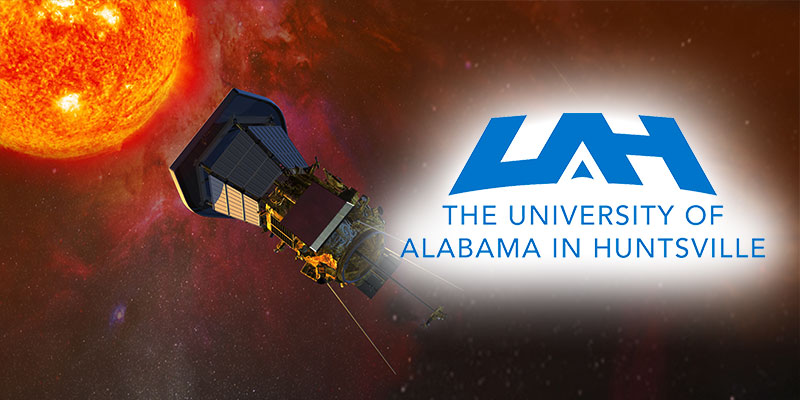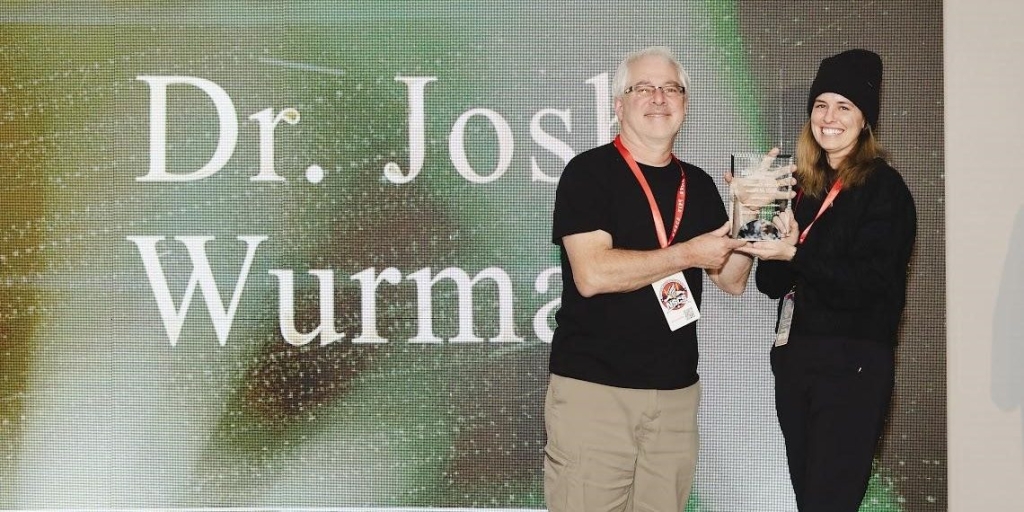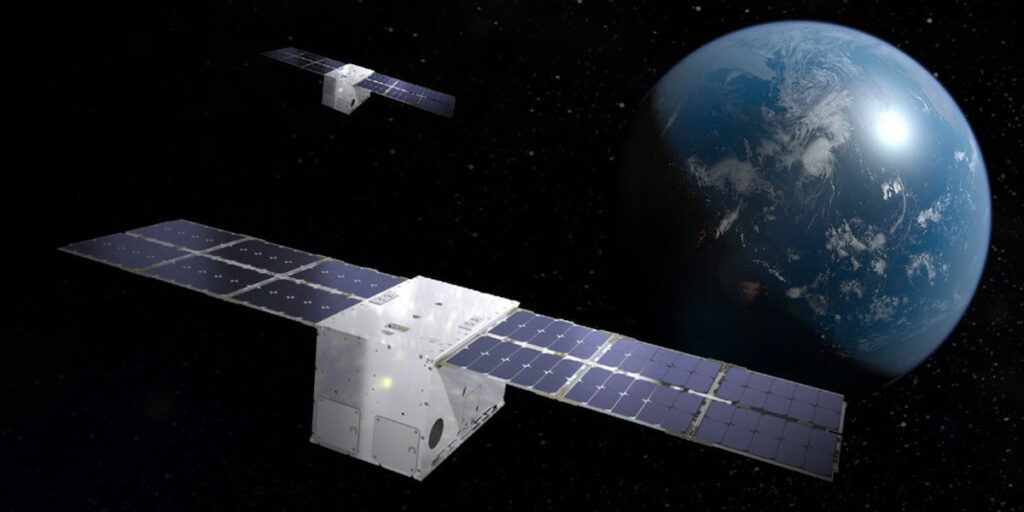A major scientific paper published on Wednesday comes courtesy of researchers at the University of Alabama in Huntsville (UAH).
Yellowhammer News last month reported that the Parker Solar Probe (PSP) Solar Wind Electrons Alphas and Protons (SWEAP) team at UAH was part of the entire PSP team that received the NASA Silver Achievement Medal for their research.
On Wednesday, the first published science from the SWEAP instruments aboard NASA’s Parker Solar Probe was published in the journal Nature, per a release from the university.
This SWEAP paper poses “a major challenge to our understanding of the dynamics of the near-sun solar wind,” according to a leading scientist at UAH.
“The first surprise is related to the co-rotation of the coronal plasma as the sun rotates,” explained the paper’s coauthor, Dr. Gary Zank, director of UAH’s Center for Space Plasma and Aeronomic Research (CSPAR) and the Aerojet Rocketdyne chair of the university’s Department of Space Science.
Zank’s team is analyzing massive data flows from SWEAP in order to understand how actual solar wind observations by the instruments correlate to solar models and theories previously developed.
“The sun emits a supersonic wind and so some level of rotational flow has always been expected in the solar wind near the sun,” Zank advised. “This is because the magnetic tension in the corona should force the plasma to rotate as the sun spins.”
However, the large rotational velocities measured by the PSP greatly exceed the value expected from models of the solar wind, he added.
“The importance of trying to determine the origin of these tangential flows will be essential for understanding how the sun loses angular momentum and spins down as it ages,” Zank stated.
This was not the only surprise, though. The SWEAP paper outlines that long-duration and isolated velocity spikes with large rotations in magnetic fields were seen in the first perihelion, the point at which PSP was closest to the sun. The craft is making daisy petal-like orbits in which it dips into the solar corona during the closest portion.
“What the origin of these very large and unexpected structures might be is a complete puzzle, and just what they are – waves or structures – is unknown,” Zank commented.
UAH has been involved with SWEAP since the PSP mission formed. The new paper is one of four published by Nature. All describe science from PSP instrument clusters, including the first PSP magnetic field measurements (FIELDS), the first PSP energetic particle measurements (ISIOS) and the first PSP white light imaging (WISPR).
Read more from UAH here.
Sean Ross is the editor of Yellowhammer News. You can follow him on Twitter @sean_yhn













